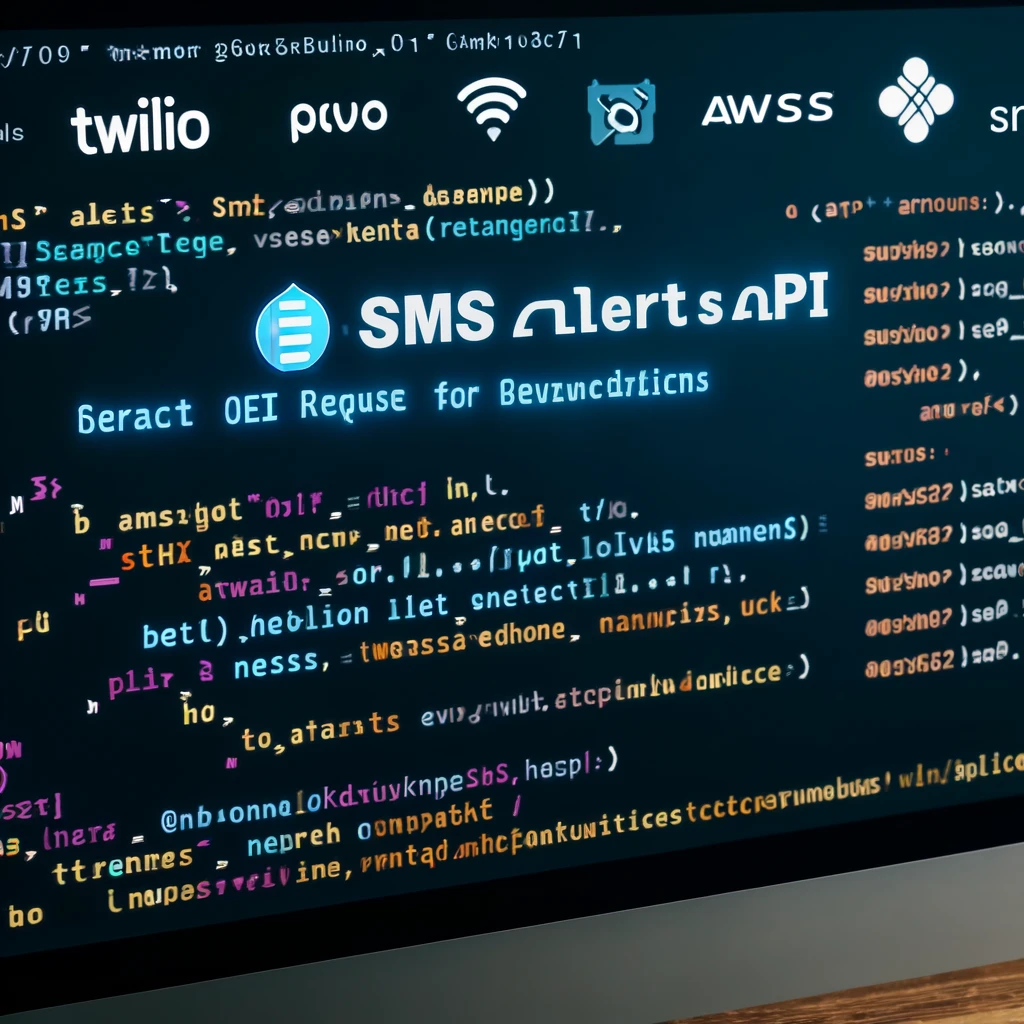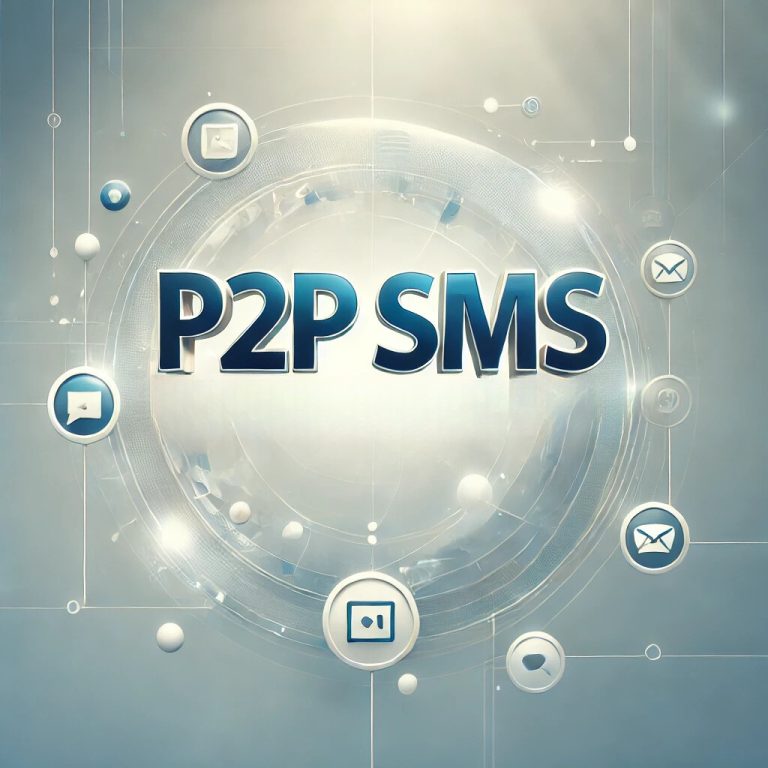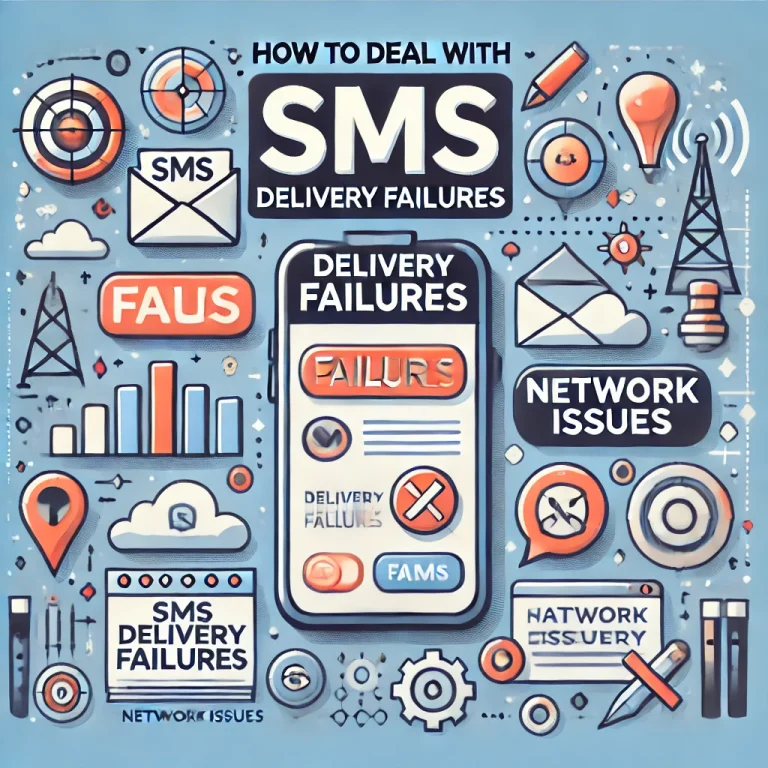Key Takeaways on Set Up SMS Alerts
– To Set up SMS alerts can enhance your communication strategy.
– Choose a reliable SMS alert service.
– Obtain API credentials for integration.
– Define trigger events for alerts.
– Integrate the service into your system with code.
– Configure message templates and test the system.
– Regular monitoring and maintenance are essential.
Choose an SMS Alert Service
Choosing an SMS alert service is crucial. Services like Twilio, Plivo, and AWS SNS offer robust solutions.
Service | Features | Pricing |
Twilio | Global reach, easy API integration | Pay-as-you-go |
Plivo | High deliverability, scalable | Volume-based pricing |
AWS SNS | Reliable, integrates with AWS services | Free tier available |
These services allow programmatic SMS messaging. Choosing the right one depends on your needs and budget.
Obtain API Credentials to Set Up SMS Alerts
After signing up, API credentials are provided. These include account SID, auth token, or access key. These credentials are vital for integrating the SMS alert service into your system.
Import the requests library:
pythonimport requestsSet the URL for the Twilio API endpoint:
pythonurl = "https://api.twilio.com/2010-04-01/Accounts/YourAccountSID/Messages.json"Provide your Twilio account SID and authentication token:
pythonauth = ("YourAccountSID", "YourAuthToken")Prepare the data for the message:
pythondata = { "From": "YourTwilioNumber", "To": "RecipientNumber", "Body": "Alert message content" }Send a POST request to the Twilio API with the authentication and message data:
pythonresponse = requests.post(url, auth=auth, data=data)Print the status code of the response to see if the message was sent successfully:
pythonprint(response.status_code)

Determine Trigger Events
Deciding on trigger events is essential. Events like server outages, low inventory levels, or security breaches can be monitored.
Event | Description | Action |
Server Outage | When a server goes down | Send alert to admins |
Low Inventory | Stock levels are low | Notify supply manager |
Security Breach | Unauthorized access detected | Alert security team |
Choosing the right events ensures timely and relevant alerts.

Write Code Integration for Set Up SMS Alerts
Integrating the SMS service’s API requires coding. This involves making HTTP requests with the SMS content and recipient numbers.
Import the requests library:
pythonimport requestsSet the URL for the Plivo API endpoint:
pythonurl = "https://api.plivo.com/v1/Account/YourAuthID/Message/"Provide your Plivo Auth ID and authentication token:
pythonauth = ("YourAuthID", "YourAuthToken")Prepare the data for the message:
pythondata = { "src": "YourPlivoNumber", "dst": "RecipientNumber", "text": "Alert message content" }Send a POST request to the Plivo API with the authentication and message data:
pythonresponse = requests.post(url, auth=auth, data=data)Print the status code of the response to see if the message was sent successfully:
pythonprint(response.status_code)

Configure Message Templates
Message templates with dynamic fields should be created. These templates populate relevant data when an alert is triggered. Testing and deployment ensure the system works as expected.
Template | Example Content |
Server Outage | “Server down at {time}” |
Low Inventory | “Stock low: {item} at {time}” |
Security Breach | “Unauthorized access at {location}” |
Testing ensures reliability before going live.

Conclusion: Set Up SMS Alerts
Setting up SMS alerts enhances communication efficiency. Reliable services like Twilio, Plivo, and AWS SNS provide robust solutions. Obtaining API credentials, determining trigger events, and writing code integration are essential steps. Configuring message templates and thorough testing ensure a seamless system. Regular monitoring and maintenance keep the system effective.
Incorporating SMS alerts can significantly improve response times and operational efficiency. The setup process, while technical, is manageable with the right tools and guidance. By following these steps, businesses can ensure timely alerts for critical events, enhancing overall communication strategy.
FAQs: Set Up SMS Alerts
Q1: What are SMS alerts?
A: SMS alerts are text messages sent to notify users about specific events or conditions. They are used for timely updates on bank transactions, appointments, server outages, and more.
Q2: Which SMS alert service should I choose?
A: Services like Twilio, Plivo, and AWS SNS are popular. The choice depends on your specific needs and budget. Evaluate features, pricing, and ease of integration.
Q3: How do I obtain API credentials?
A: After signing up with an SMS alert service, API credentials (such as account SID and auth token) are provided. These are used to integrate the service into your system.
Q4: What are trigger events?
A: Trigger events are specific conditions that prompt an SMS alert. Examples include server outages, low inventory levels, or security breaches. Defining these ensures timely alerts.
Q5: How is code integration done?
A: Code integration involves using the service’s API to send SMS alerts. This typically involves making HTTP requests with the SMS content and recipient numbers. Sample code can guide the integration process.
Q6: How do I configure message templates?
A: Message templates are predefined messages with dynamic fields. These fields are populated with relevant data when an alert is triggered. Templates ensure consistency and relevance.









